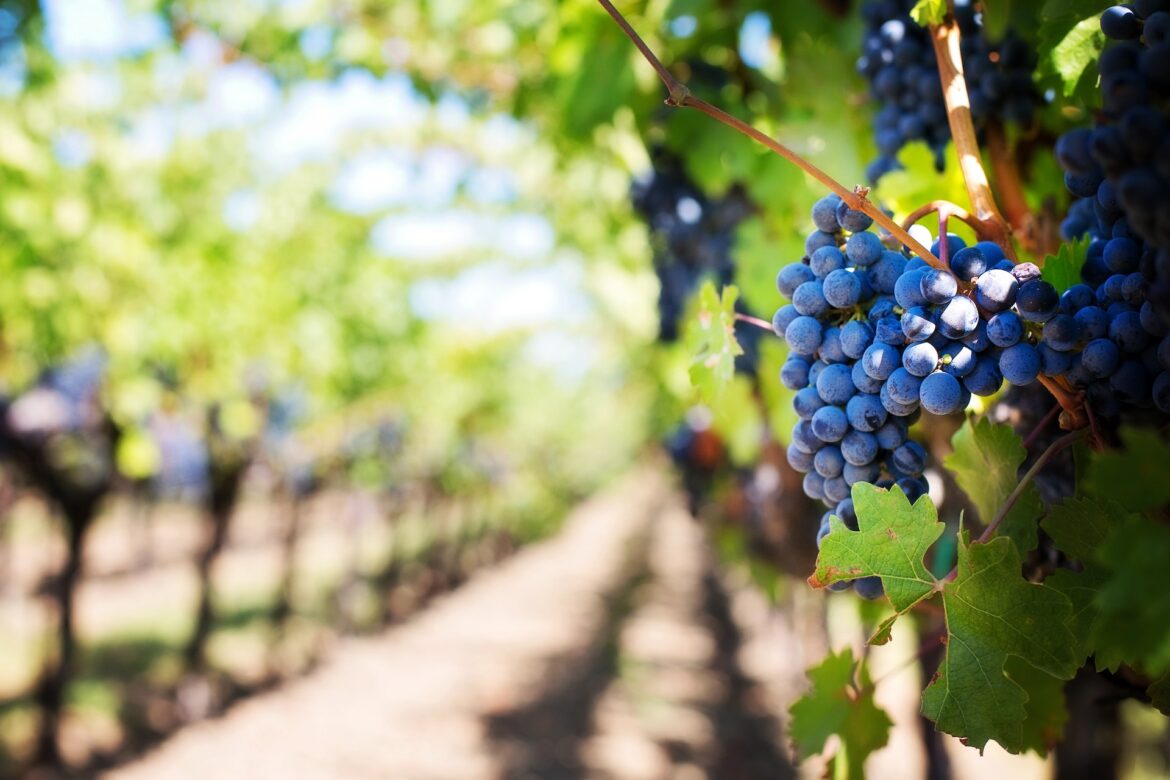South Africa’s wine industry is buzzing with optimism as early indicators suggest the 2026 harvest could deliver exceptional quality, thanks to a combination of good rainfall, proper winter dormancy, and favorable spring weather patterns.
After enduring several challenging seasons marked by extreme weather events, wine producers across the country are breathing easier as vineyards show promising signs of healthy development. The positive momentum builds on the success of the acclaimed 2025 vintage, which set high standards for the industry.
Dr. Etienne Terblanche, Vinpro Consultation Services Manager, reports that conditions have aligned favorably for the upcoming season. “The 2025 post-harvest period set the stage well for the start of the 2026 harvest that lies ahead,” he explained. “Winter cold units were sufficient in almost all regions, spring vineyard canopies are healthy, and flower clusters in early cultivars look promising.”
The technical indicators point to a harvest similar in size to 2025, despite the ongoing trend of gradually shrinking vineyard surfaces and an increasing proportion of older vines. What’s particularly encouraging is the even bud break and strong initial growth observed across most wine regions.
Early assessments indicate sufficient yields for popular white cultivars including Chenin Blanc, Sauvignon Blanc, and Chardonnay. Noble red varieties are also showing promising flower clusters as they continue to emerge. Many producers have been investing in new vineyard plantings, further strengthening the foundation for productive seasons ahead.
“The 2026 harvest shows excellent potential for quality,” Terblanche emphasized. “Producers are committed to maintaining the standards set by the exceptional 2025 vintage.”
ALSO READ: EU injects €15 million to transform South African wine industry
While the outlook is positive, the season is still in its early stages, and weather patterns during flowering and early fruit set will ultimately determine final yields. Frost continues to pose a risk for northern and interior regions through the end of October, keeping producers vigilant.
Modern prediction tools and proactive measures are helping growers safeguard their crops against potential weather threats. The industry has learned valuable lessons from recent turbulent seasons, developing better strategies for managing extreme weather conditions.
Water access remains generally sufficient across most regions, though some areas face challenges. The Olifants River region and parts of the Klein Karoo may experience restricted water availability due to dam works or insufficient rainfall. However, producers are closely monitoring water levels and applying strategic irrigation practices to support both crop health and quality.
The wine industry’s ability to adapt and thrive despite challenges has become a defining characteristic. “After a few turbulent recent seasons with extreme weather, which tested producers, we can confirm the technical foundation is solid,” Dr. Terblanche noted. “Our growers know how to make the most of each vintage, balancing irrigation, canopy management, and cultivar selection to achieve sustainable yields and excellent quality.”
Rico Basson, CEO of South Africa Wine, highlighted the industry’s commitment to excellence: “Our producers are focused on delivering wines that reflect both the vineyard and the season, and support our value-growth strategies in the market. Early signs point to another year of remarkable quality, building on the high standards set by 2025.”
As the 2026 season progresses, the South African wine industry appears well-positioned to deliver another vintage that showcases the country’s winemaking expertise and resilience. The combination of favorable weather conditions, technical expertise, and producer dedication suggests consumers can look forward to wines that truly capture the essence of South African terroir.
ALSO READ: Wine tourism could be South Africa’s next billion-rand industry goldmine


Dining and Cooking